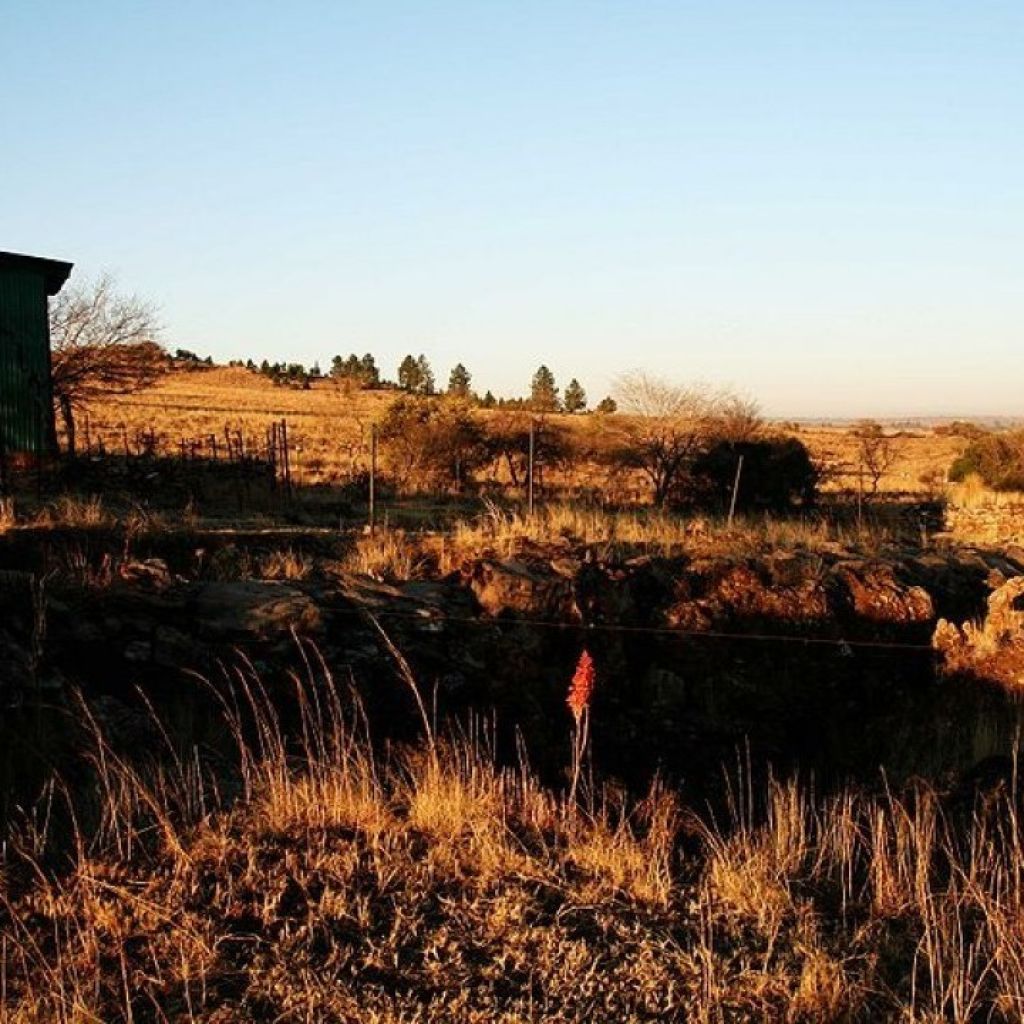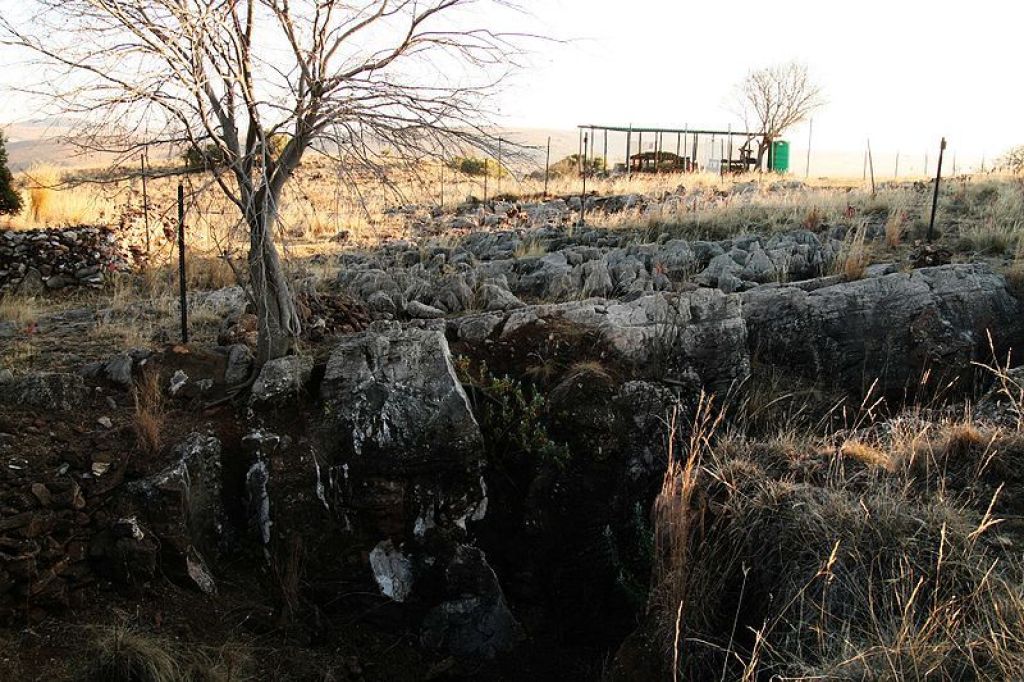Fossil sites in the Cradle of Humankind – Kromdraai
Around 40% of the world's known hominid fossils were unearthed in the Cradle of Humankind World Heritage Site, earning it UNESCO World Heritage Site status in 1999.
It is thanks to these fossil sites, in which the dolomitic conditions were just right for fossil preservation, that we have an understanding of humankind’s journey to humanity and the evolutionary trajectory that led us to where we are today.
In this series of blogs we profile a selection of sites within the Cradle and highlight the prominent discoveries made at each of these areas of discovery.
Kromdraai

In 1938 a schoolboy named Gert Terblanche picked up a jawbone and some teeth in a cave in Kromdraai. News of his discovery made its way to Dr Robert Broom, resident palaeontologist of the then-Transvaal Museum.
The teeth and jaw that young Terblanche found formed part of a skull that would become the first preserved specimen, or holotype fossil, of Paranthropus robustus.
Dr Broom began excavations at Kromdraai and pioneered the discovery of many more hominid remains.
Over the decades, excavation at the site continued, led by teams of some of the world’s most well-respected palaeontologists, including Dr Bob Brain, Professor Lee Berger and Professor Francis Thackery.
To date 29 hominid specimens have been recovered from Kromdraai.

Do you have photos of the Cradle you’d like to share? Join our Flickr group!